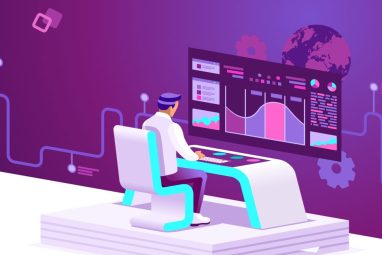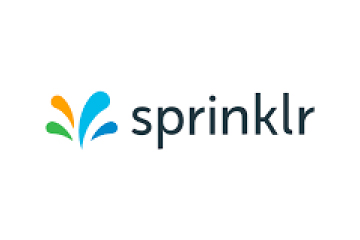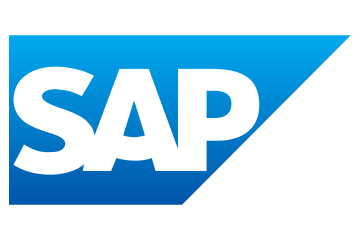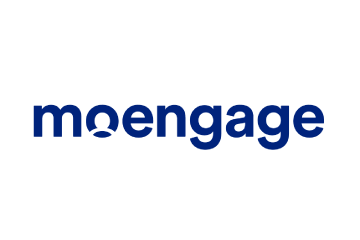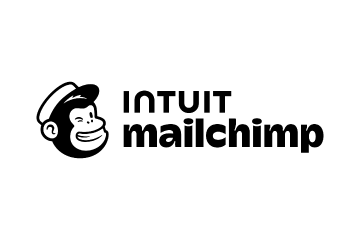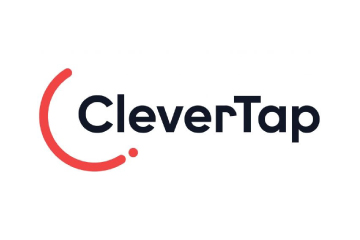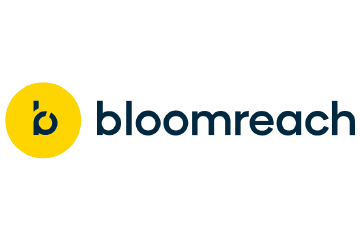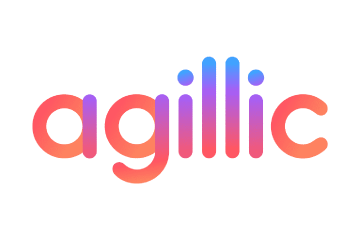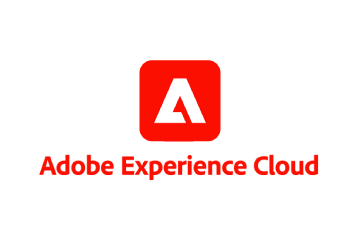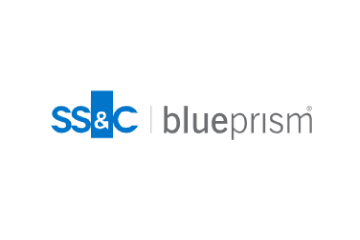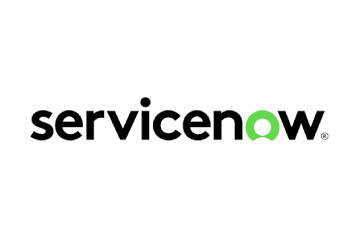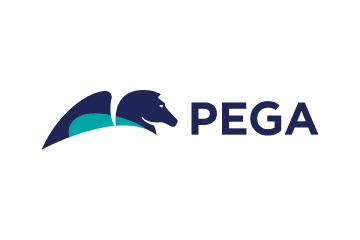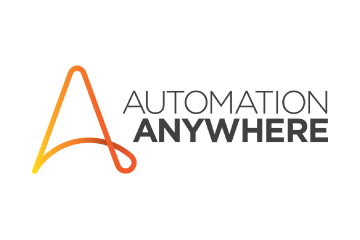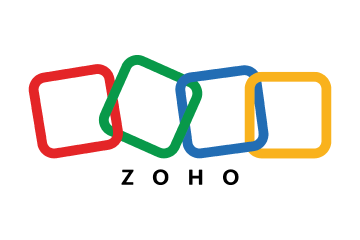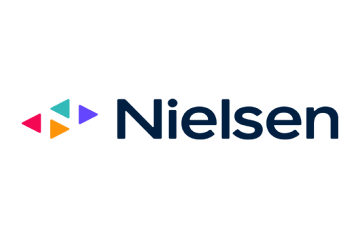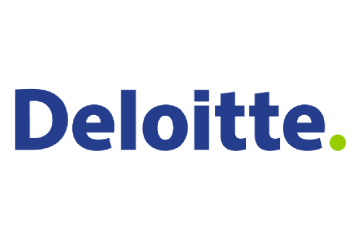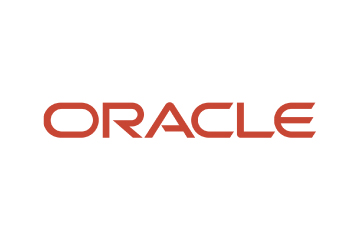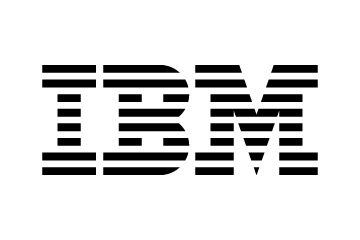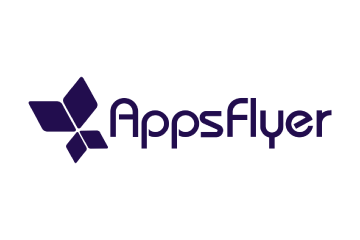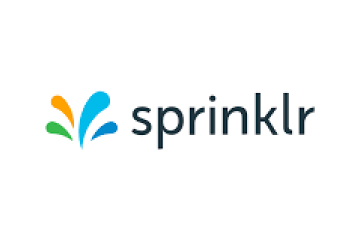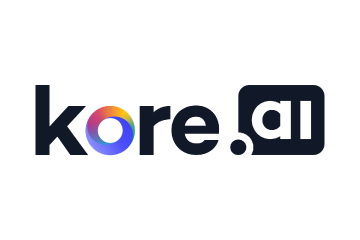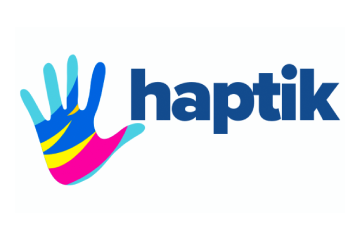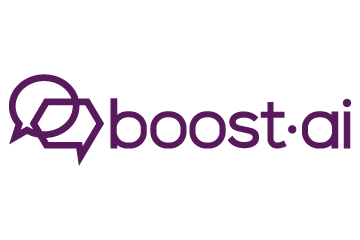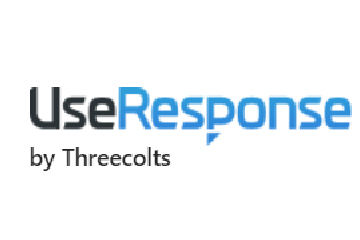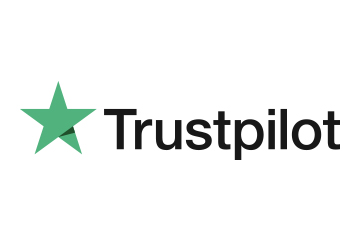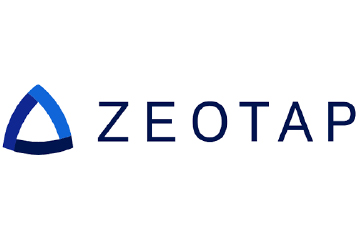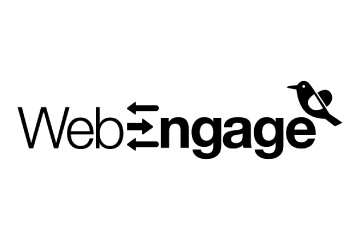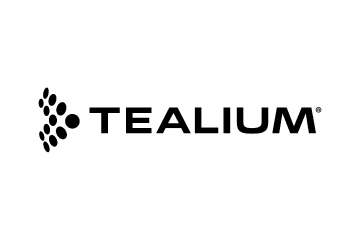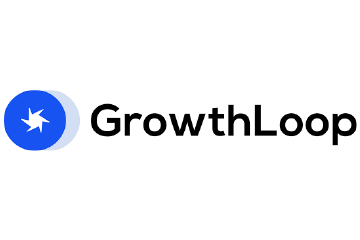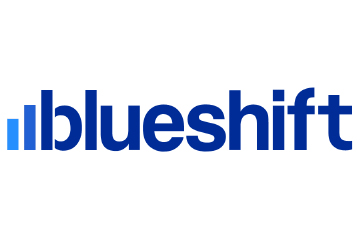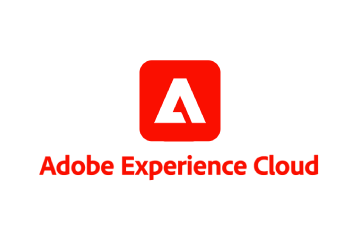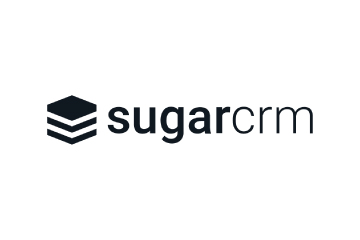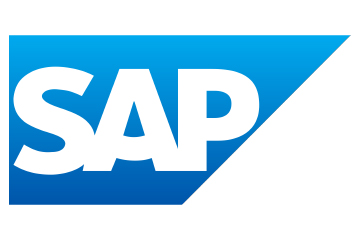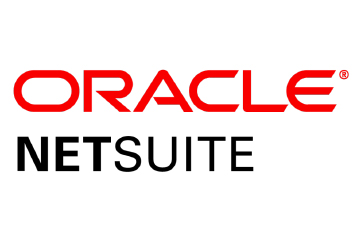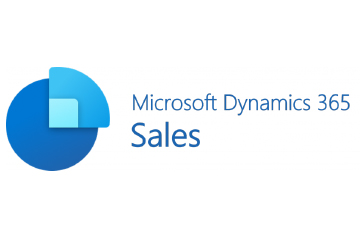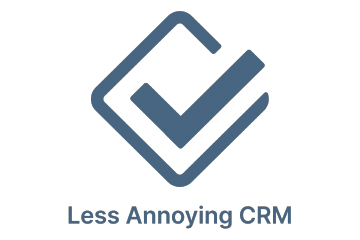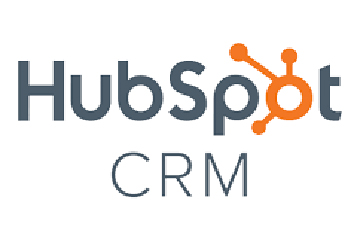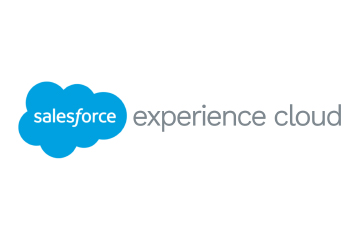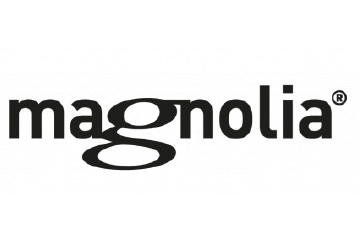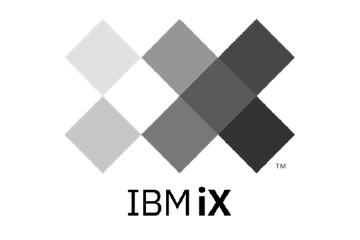Why Your Support and Success Teams Need to Merge
Support solves problems. Success prevents them. But the real customer-first strategy is integrating both. How can uniting these teams lead to better CX, stronger loyalty, and smarter growth?
Topics

The world we live in today has businesses that are so big on customer centricity that we do not understand exactly what it means. Customer centricity isn’t just about focusing on the customer. First, it’s about making your company’s core about the customer, their journey, and their experience with your brand; that’s all that matters.
The best strategy for achieving this is building teams across the company that integrate in one way or another towards driving customer satisfaction and happiness. In this case, a big focus will be on Technical Support and Customer Success. On paper, these two departments in a company rarely ever coincide, and neither do they advocate for your company in the same way. In reality, they most definitely can, and integrating these is what we’re about to figure out!
Breaking Down the Difference
While both are customer-facing teams, the biggest difference is with the problem. Technical Support is about problem-solving, while Customer Success is problem-preventing. Customers get in touch with the Support team when they have issues, and they are reactive in resolving these, basically with every interaction. Success, on the other hand, reaches out to the customer through proactive engagements that focus on their experience. As a business, building collaboration between these two teams will guarantee a more personalised customer experience and streamline processes with how customers are served.
The Gains of Collaboration
We’ve talked about how important an integration between both would be, and we’ve highlighted the key difference between both, but why exactly should you consider this?
- Customer Happiness and Satisfaction: Uniting both teams with a single strategy addresses key gaps in communication, ensuring customers receive consistent and effective support throughout their journey.
- Loyalty and Renewal: Proactive engagement combined with effective troubleshooting helps build stronger relationships, reducing churn rates.
- Integrated Team Efficiency: Support interactions provide valuable data on customer touchpoints, which Success can use to refine customer onboarding. Conversely, Success equips Support with detailed customer information to apply a more proactive resolution approach.
Strategies for Seamless Integration
1. Shared Knowledge Hub and Tools
Encourage both teams to contribute to and utilise a centralised knowledge base. This ensures customers receive accurate and consistent information, whether they reach out to support or customer success.
2. Cross-Team Training
Customer success managers should have a foundational understanding of common technical challenges, while support teams should be trained in customer success methodologies. This enables both teams to provide more holistic solutions.
3. Proactive Engagement through Support Data
Analyse support tickets to identify recurring issues and trends. Customer success teams can use this information to implement preventative measures and provide educational content to reduce future issues.
4. Collaborative Onboarding and Meetings
Integrating support into the onboarding process ensures customers start with the right knowledge. Regular check-ins from customer success teams can proactively address potential issues before they escalate.
5. Unified Customer Feedback Systems
Encourage continuous feedback collection from both technical support and customer success touchpoints. Use this data to refine product features, support documentation, and customer engagement strategies.
Creating a Customer-First Mentality
For this integration to be successful, as we’ve talked about before, companies must cultivate a customer-first culture. Leadership should promote open communication between teams and incentivise collaboration rather than competition. Encouraging shared goals—such as customer satisfaction scores, retention rates, and resolution times—can align both departments on a single mission.
The Future of Customer Success and Support Integration
As technology advances and customer expectations rise, the need for a seamless support-success integration will become even more critical. Businesses that successfully bridge the gap between reactive troubleshooting and proactive customer engagement will stand out in competitive markets.
By aligning these teams with a shared vision, leveraging data-driven insights, and fostering collaboration, organisations can create a customer experience that not only resolves problems but actively prevents them—ultimately leading to stronger relationships and long-term business growth.


